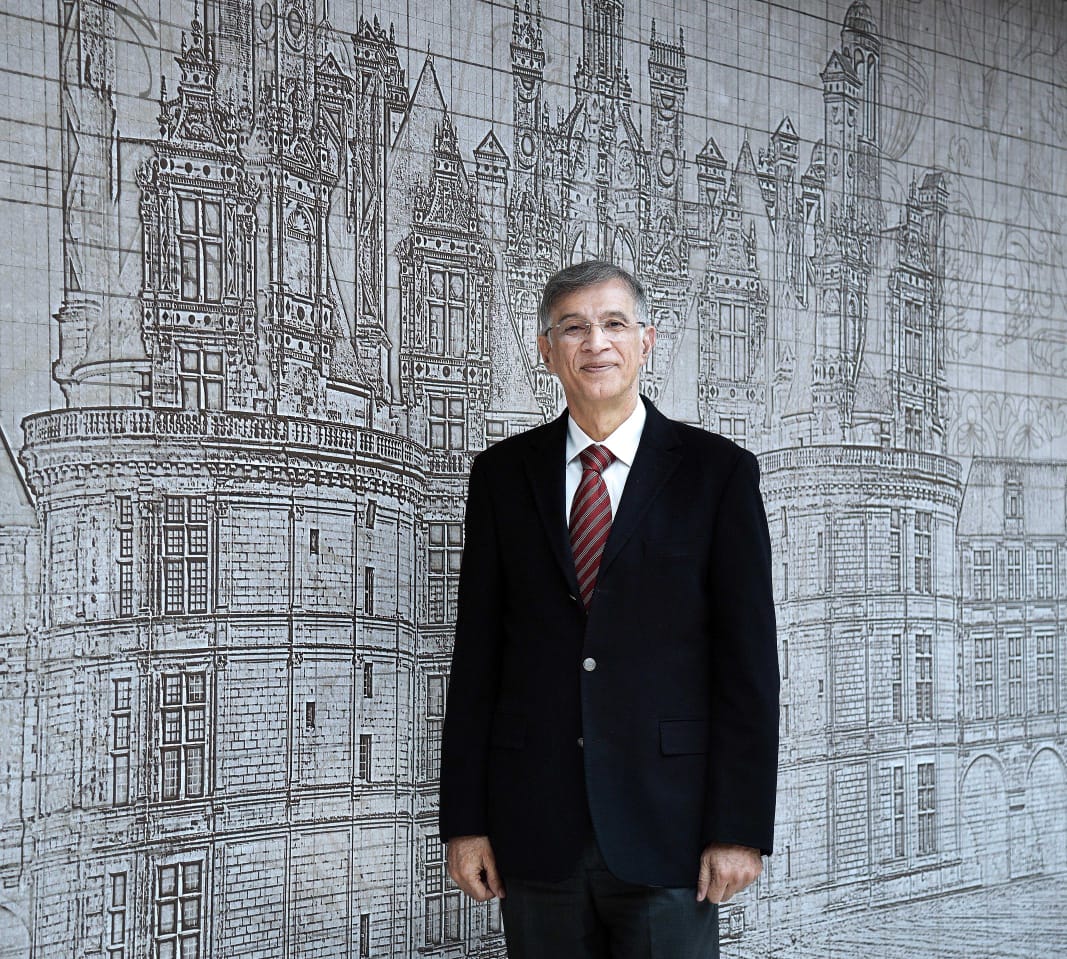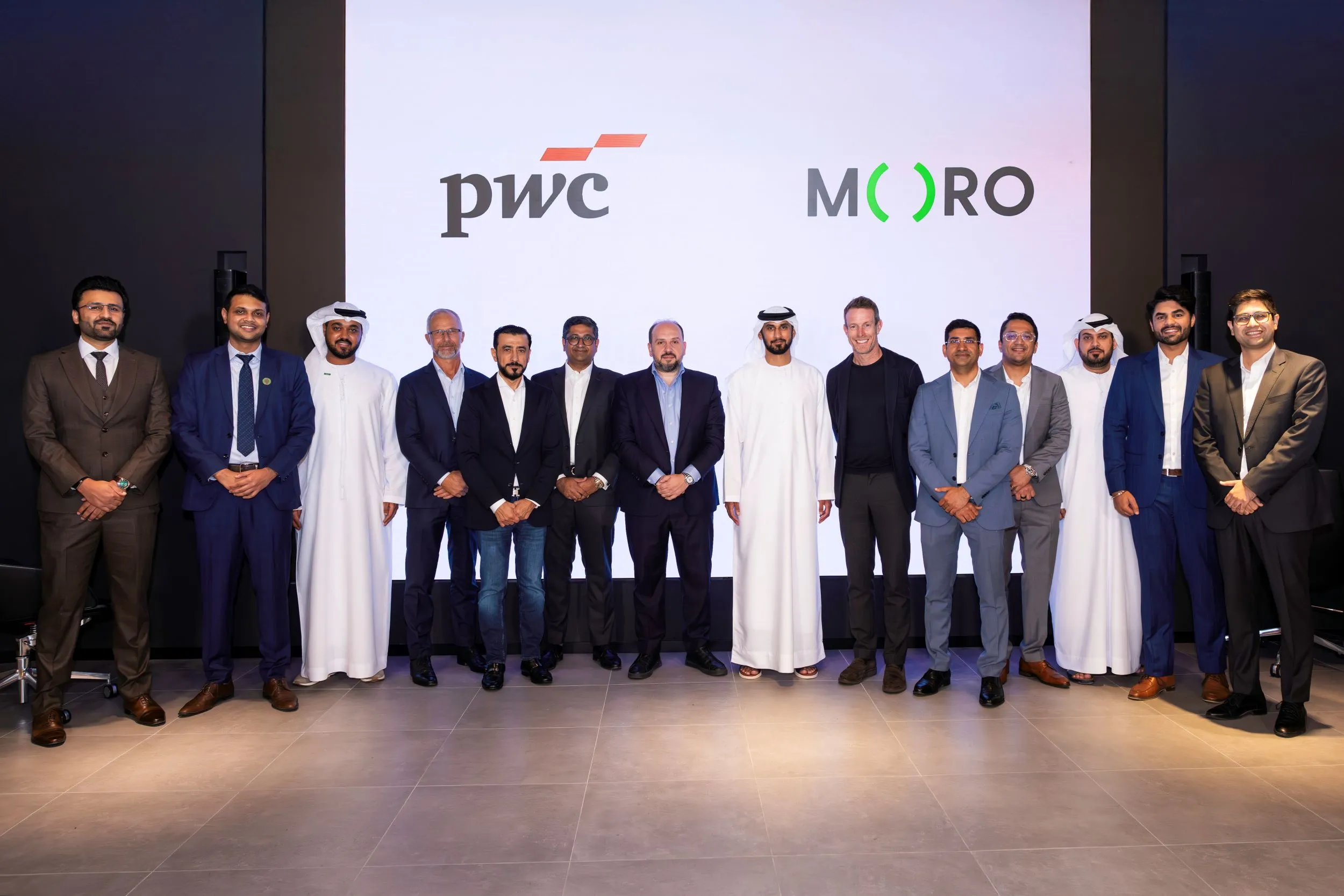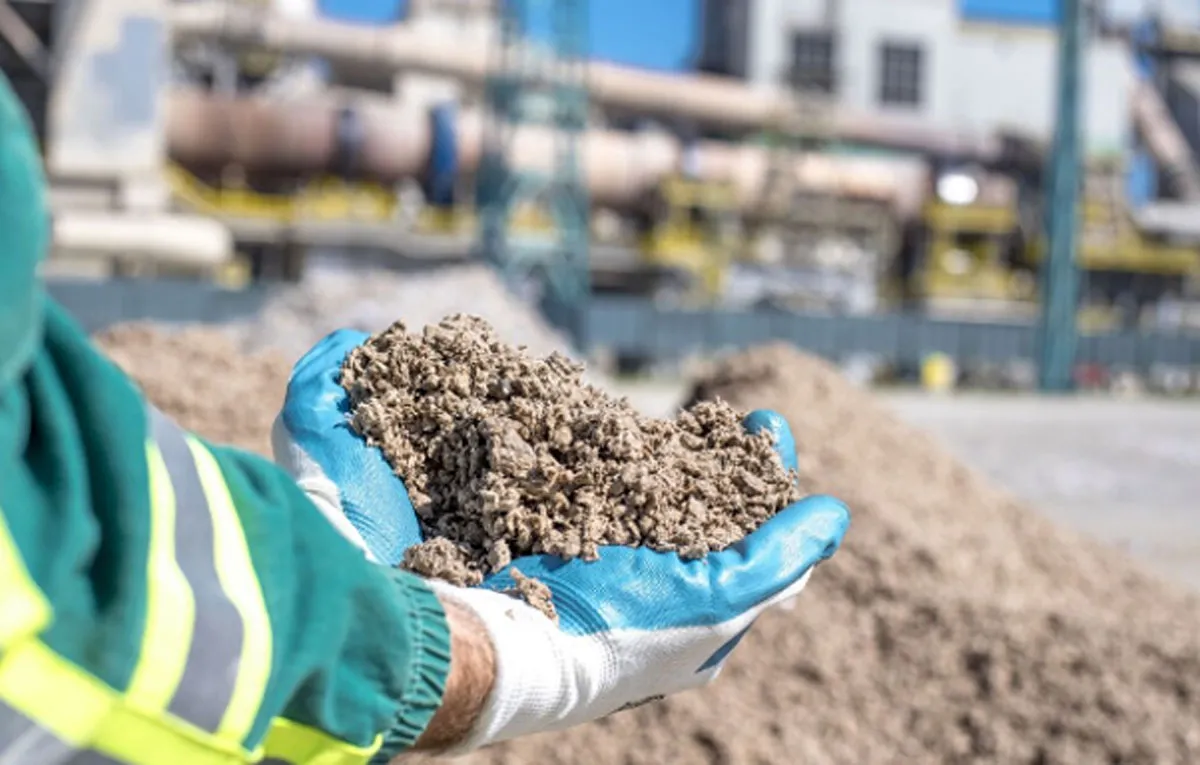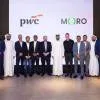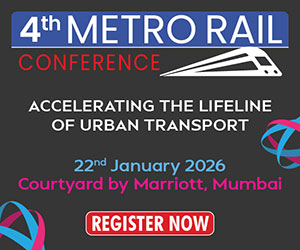India, as part of a growing economy, needs to accelerate its low-carbon future transition. There is a huge war cry on carbon neutrality and net zero emission on the climatic front. This nudges Indian economy to set a short term and long-term pledge for being carbon positive with predefined sustainable development goals. The goals will be designed to act as a blueprint to achieve a sustainable future for all. India needs to work at a sectoral level for achieving carbon neutrality. Here lies a huge opportunity for Indian real estate sector to claim its leadership in lowering carbon footprints at each stage of urban development.
Real estate and construction industry lays its sustainable goals on the world environment day 2021 for ecosystem restoration. Adopting innovative global best technological practices to ‘Reuse, Recycle, and Reproduce’ will pave the way for sustainable living and growth. Real estate development needs to strike a balance between the development roadmap and mitigation mission to fine tune the balance between how we urbanise and how we industrialise. The World Bank estimates, the real estate sector must reduce CO2 emissions by 36% by 2030. Real estate sector must calibrate its sustainable investment to achieve sustainability targets. It is important to place high priority on becoming environmentally sustainable. The industry should step forward to make a conscious set of sustainability principles and develop a community that dedicatedly adopts such initiatives. The sector needs to imbibe sustainable building practices and emphasise on making green building practices more prevalent. The engineers, architects and planners can take a lead in facilitating a sustainable urban future. The dearth to create more self-sustainable spaces with best environmental practices will reconcile the need to create more ecological balance, address the impact of climatic issues and the wellbeing of occupants. The developers can play a pivotal role in building sustainable urban spaces with renewable materials, natural topography, more social and environmentally friendly practices that shape the future living.
Ideally, sustainable urban development through an ecosystem should be made up of urban planning, smart cities development, affordable housing, urban flood management, sewerage and wastewater management, rainwater harvesting, and urban transport - including intelligent transport management systems - transit-oriented development and multimodal integration and disaster resilient development. Taking this to the logical next level is where the foundation of sustainable real estate development starts.
Real estate construction can adopt innovative raw materials that are eco-friendly, whereas planning and architecture must plan the structures that allow natural light and ventilation, which will reduce the need for electricity powered luminaries and HVAC systems in the daytime. Innovative construction materials should be used to reduce carbon emission and balance heat emission. The real estate development should consist of planning for rainwater harvesting, sewage treatment, water treatment plant, and solid waste management in all the projects to make the development self- sustainable and be eco-friendly in nature.
India Inc needs to strategise and practice conscious consumerism in each aspect of the project development. This involves conscious development, sustainable measures, environmentally friendly practices, social responsibility which encompasses necessary support socially, philosophically, and ethically. According to Nielsen, sustainable product sales have increased by nearly 20% since 2014. This indicates growth in awareness and concerns for ecology restoration among the consumers. Housing can be developed with more sustainable materials, adopt more green building features, and support the ecosystem.
The new-age homebuyers are well informed, and they prefer sustainable living by mindful consumption. Real estate developers need to be more thoughtful in their green policy and allocate budget and resources to achieve ecological targets. Homebuyers post pandemic life have underpinned the value of open spaces, green corridors, natural ventilation with more sunlight, home garden spaces as some of the preferred luxury for their personal abodes. Also, the luxury to enjoy uninterrupted water, power and internet supply is due to sustainable amenities offered in the projects by the branded developers that gained traction post pandemic era.
The redesigning of product boards is inevitable by the developers to cater the emerging choices and preferences of the discerning homebuyers. Use of energy-efficient lights, growing their own greens in kitchen gardens, buying local, ensuring waste is composted and used as manure, as well as making efforts to reuse, recycle and replenish. These are not just poster children for eco-friendly real estate development and end-use; these are environment-conscious citizens for whom, causing least possible damage to the environment has become a way of life. They follow trends that improve their way of living while also protecting the planet. They live in sustainable habitat, which is created by real estate development which does not harm the environment and is positioned in an urban conglomeration which has been planned to promote sustainable living.
Developers need to re-align to these goals and adopt best renewable environment friendly practices in sync with nature. The challenge for us on this environment day is figuring out how we can achieve this across a wider spectrum. It is a matter of choices: choose to be environment friendly. Working towards being a ‘conscious consumer’ – sustainable living can, and should, become our way of life.
